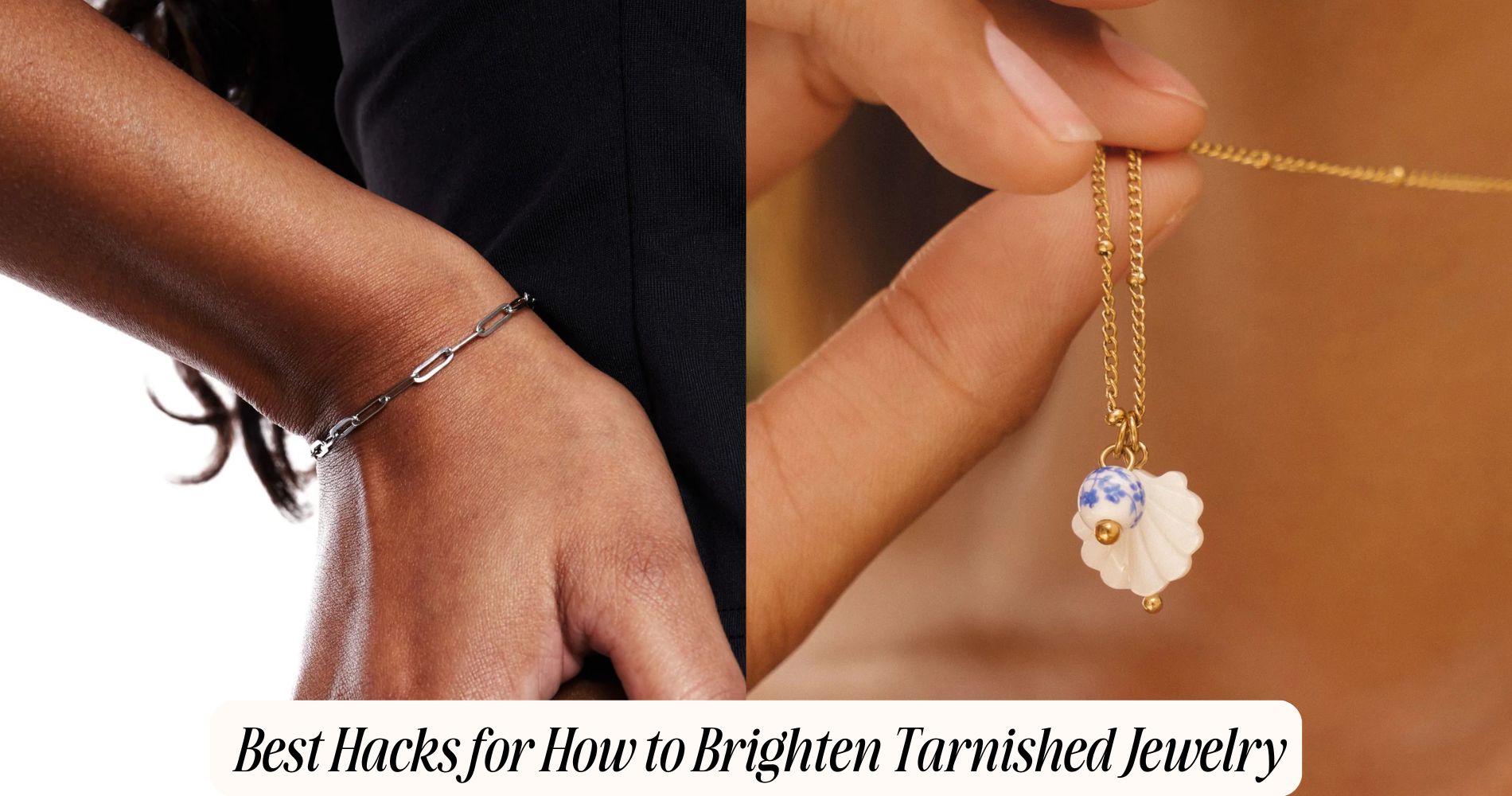
Best Hacks for How to Brighten Tarnished Jewelry
If you’re wondering how to brighten tarnished jewelry, there are several easy and effective methods you can try at home. One popular technique is lining a bowl with aluminum foil, adding your jewelry, sprinkling baking soda, and pouring in boiling water to trigger a redox reaction that lifts tarnish. For quick touch-ups, a dab of non-gel toothpaste and a soft cloth can gently polish away dullness. Warm water mixed with mild dish soap also works well, especially for delicate pieces. Each approach targets the oxidation process, and when combined, they can restore a professional-grade shine. For jewelry that stays radiant longer, explore our anti-tarnish jewelry collection—plus, discover expert storage and care tips to keep your favorites glowing.
Understanding Why Jewelry Tarnishes
Although jewelry often appears durable, it’s susceptible to tarnishing due to chemical reactions between the metal surface and environmental factors. When you wear jewelry, the metal composition plays a critical role in its response to air, moisture, and chemicals.
For example, sterling silver contains copper, which oxidizes when exposed to sulfur-containing compounds in the air, resulting in a darkened surface. Gold alloys can also tarnish if they contain metals like copper or zinc.
Environmental factors such as humidity, pollution, sweat, and even personal care products accelerate these reactions, causing discoloration and loss of luster.
Understanding the interplay between metal composition and environmental factors helps you anticipate tarnishing and informs your approach to care and cleaning, ensuring your jewelry maintains its brilliance longer.
Baking Soda and Aluminum Foil Method
Recognizing how metals interact with their environment prepares you to choose effective cleaning strategies, such as the baking soda and aluminum foil method. This process leverages a simple redox reaction, where tarnish (silver sulfide) transfers from your jewelry to the foil.
To start, line a non-metallic bowl with aluminum foil, shiny side up. Place your tarnished jewelry on the foil, then sprinkle a generous layer of baking soda over it. Pour boiling water into the bowl, ensuring full submersion. You’ll notice bubbles—evidence of the chemical reaction at work.
After several minutes, remove the jewelry, rinse, and buff dry with a soft cloth. For ideal results, address jewelry storage and apply protective coatings to slow future tarnishing, especially for frequently worn or heirloom pieces.
Using Toothpaste for a Quick Shine
When you need a fast, accessible solution for dull jewelry, toothpaste offers a mild abrasive action that lifts surface tarnish and grime. For effective toothpaste uses, select a non-gel, non-whitening formula without harsh microbeads or bleaching agents, as these can scratch delicate metals or gemstones.
Apply a small dab to a soft-bristled toothbrush or microfiber cloth and gently polish the jewelry’s surface using circular motions. This technique targets light tarnish on materials like sterling silver, gold, and some costume pieces, restoring luster without aggressive chemicals.
After thorough jewelry polishing, rinse the item with cool water and pat dry using a lint-free cloth. Avoid using toothpaste on porous stones or plated pieces, as abrasives may damage or strip thin coatings, compromising integrity.
Cleaning With Dish Soap and Warm Water
If you’re looking for a gentle yet effective approach to reviving your jewelry’s brilliance, a solution of mild dish soap and warm water stands out as a reliable method. Begin by mixing a few drops of dish soap into a bowl of warm (not hot) water.
Submerge your tarnished jewelry for 10–15 minutes to loosen surface debris. Use a soft-bristled brush to gently agitate any crevices, employing careful polishing techniques to avoid scratches.
Rinse thoroughly with clean water, then dry completely with a lint-free cloth to prevent water spots. For ongoing care, always use appropriate storage solutions—such as anti-tarnish pouches or lined jewelry boxes—to minimize future oxidation.
This method works well for most metals and gemstones, preserving both shine and structural integrity.
Lemon Juice and Salt Solution
Although it may seem unconventional, a lemon juice and salt solution offers a powerful chemical reaction that effectively lifts tarnish from many types of jewelry. The citric acid in lemon juice acts as a mild chelating agent, binding to oxidized metal ions and loosening tarnish.
When combined with salt, this solution enhances the abrasive action, accelerating the removal of surface oxidation. To use, immerse your tarnished jewelry in a mixture of lemon juice and salt for several minutes, then gently scrub with a soft-bristled brush.
Rinse thoroughly to neutralize acidity, preventing further corrosion. For maximum oxidation prevention, thoroughly dry each piece before storing. Implementing jewelry storage tips, like silica gel packets or airtight containers, further reduces moisture exposure and prolongs your jewelry’s brilliance.
Polishing With a Soft Cloth
After removing stubborn tarnish with chemical solutions, mechanical cleaning plays a vital role in restoring your jewelry’s luster. You should always use a soft cloth designed for jewelry, such as a microfiber or lint-free polishing cloth, to avoid scratching delicate surfaces.
Employ gentle polishing motions, applying minimal pressure to prevent abrasion, especially on plated or intricate pieces. Work in small sections, following the contours of the metal and gemstones for even results.
Regularly fold the cloth to expose a clean area, ensuring you’re not redepositing tarnish. This technique not only removes residual oxidation but also buffs the surface to enhance shine.
Avoid using paper towels or tissues, as their fibers can cause micro-scratches and reduce your jewelry’s brilliance over time.
Vinegar and Baking Soda Technique
Combining vinegar and baking soda creates an effective, mildly abrasive solution that lifts tarnish from silver and other metals without harsh chemicals.
For jewelry cleaning, place your tarnished piece in a glass container, sprinkle baking soda directly onto it, and pour white vinegar over the jewelry. The effervescent reaction releases carbon dioxide, loosening tarnish from intricate crevices.
Let the solution fizz for two to three minutes, then gently scrub with a soft-bristled toothbrush. Rinse thoroughly with distilled water to remove any residue and dry with a lint-free cloth.
This method not only restores shine but also contributes to tarnish prevention by neutralizing acidic residues that accelerate oxidation.
Always spot-test delicate gemstones or plated items to avoid unintentional surface damage during cleaning.
Ammonia Solution for Stubborn Tarnish
For jewelry pieces that resist gentler cleaning methods, an ammonia solution offers an advanced approach to removing stubborn tarnish. Mix one part clear ammonia with six parts lukewarm water in a glass container.
Submerge your tarnished jewelry for no longer than one minute, as prolonged exposure can accelerate undesirable chemical reactions, especially on delicate alloys or pieces with porous stones. After soaking, use a soft-bristle brush to dislodge any remaining tarnish, then rinse thoroughly under cool running water and pat dry with a lint-free cloth.
Ammonia is highly reactive, so always work in a well-ventilated area and wear gloves. To prevent rapid re-tarnishing after cleaning, ensure each item is completely dry before returning it to storage; moisture can trigger further chemical reactions. Employ proper storage tips to maintain brilliance.
Preventing Future Tarnish on Your Jewelry
While thorough cleaning revives your jewelry’s brilliance, long-term prevention of tarnish relies on strategic storage and environmental control.
To minimize oxidation, store pieces in airtight containers or anti-tarnish pouches. These storage solutions restrict exposure to moisture and sulfur compounds, both of which accelerate tarnish on metals like silver and copper.
Use silica gel packets inside your jewelry box to further absorb ambient moisture. For added protection, apply preventive coatings designed for jewelry, such as microcrystalline wax or specialized anti-tarnish lacquers. These barriers shield metal surfaces from corrosive elements without altering appearance.
Avoid storing different metal types together, as galvanic reactions can hasten tarnish.
Frequently Asked Questions
Can Ultrasonic Cleaners Damage Delicate Gemstones or Vintage Jewelry?
You should know ultrasonic risks include potential damage to delicate gemstones and vintage jewelry. Vibrations can cause fractures, loosen settings, or erode finishes. Always assess gemstone safety—avoid using ultrasonic cleaners on pearls, opals, emeralds, or antique pieces.
Is It Safe to Clean Jewelry With Pearls Using Homemade Solutions?
When considering pearl cleaning, you shouldn’t use homemade jewelry solutions, as acids, abrasives, or detergents can damage the nacre. Instead, gently wipe pearls with a damp, soft cloth to maintain their luster and structural integrity.
How Do You Brighten Jewelry With Intricate Filigree Without Damaging Details?
To brighten jewelry with intricate filigree, you’ll want to use a gentle brushing technique with a soft-bristled brush and apply specialized solutions designed for delicate metals. Avoid abrasive cleaners, ensuring you preserve the delicate ornamental work.
What Professional Services Are Available for Deep Jewelry Cleaning?
You can access jewelry restoration services, where experts use ultrasonic cleaning, steam cleaning, and professional polishing to remove deep tarnish. They’ll also inspect for loose stones or damage, ensuring your pieces regain brilliance while preserving structural integrity.
Are There Eco-Friendly Alternatives to Standard Jewelry Cleaning Products?
You can choose eco friendly cleaning by using natural solutions like baking soda, white vinegar, or mild plant-based soaps. These options minimize harsh chemicals, reduce environmental impact, and maintain jewelry integrity while ensuring effective tarnish removal and surface preservation.
Conclusion
By applying these expert-backed methods, you’ll restore your jewelry’s brilliance efficiently and safely. Whether you opt for electrochemical cleaning with baking soda and aluminum foil, a gentle surfactant wash, or a mildly abrasive toothpaste polish, you’re leveraging proven chemical and mechanical processes. Remember to finish with a soft cloth buff and implement preventative storage strategies. Proper maintenance guarantees your pieces resist tarnish and retain their luster, so you’ll always showcase your jewelry at its brightest.








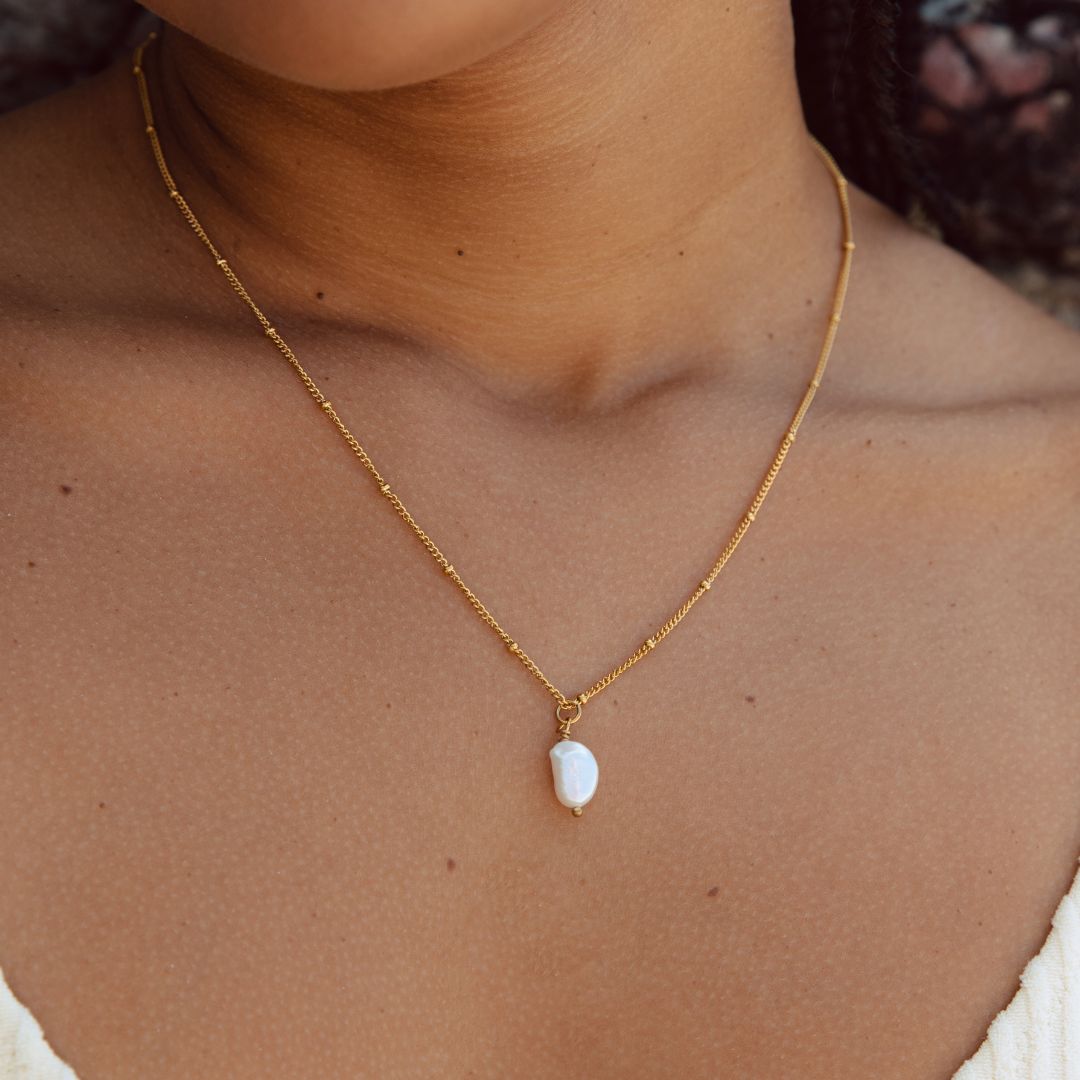

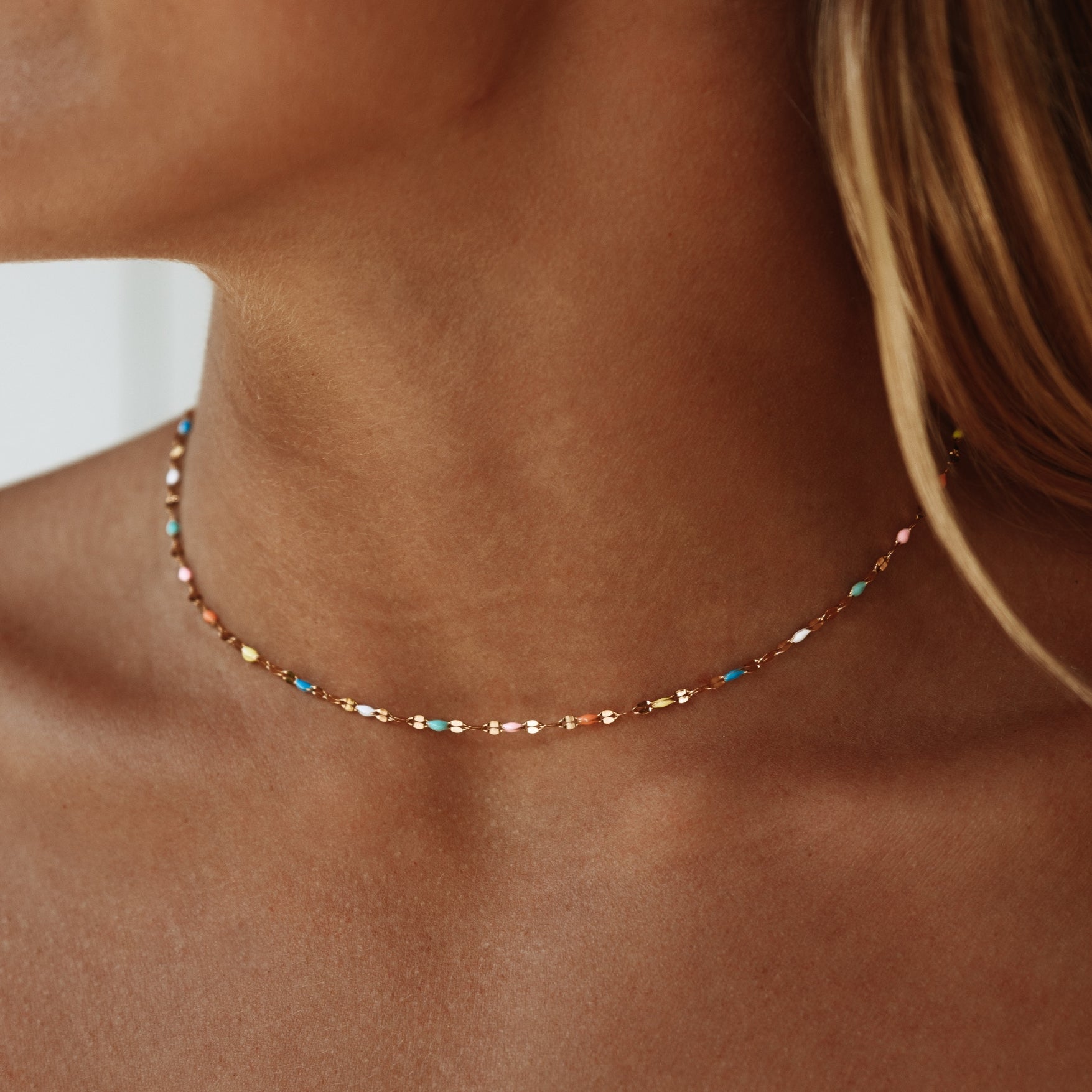


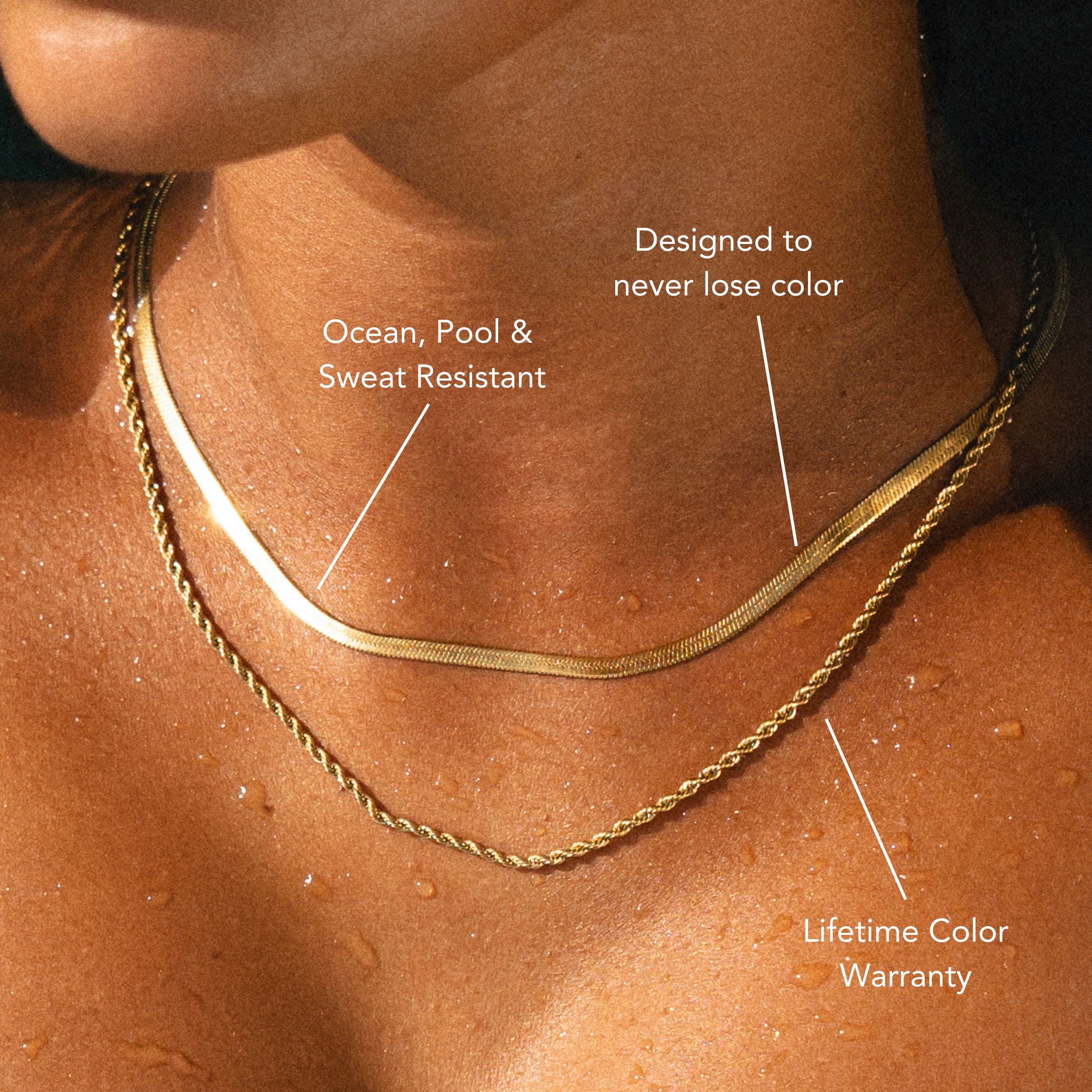
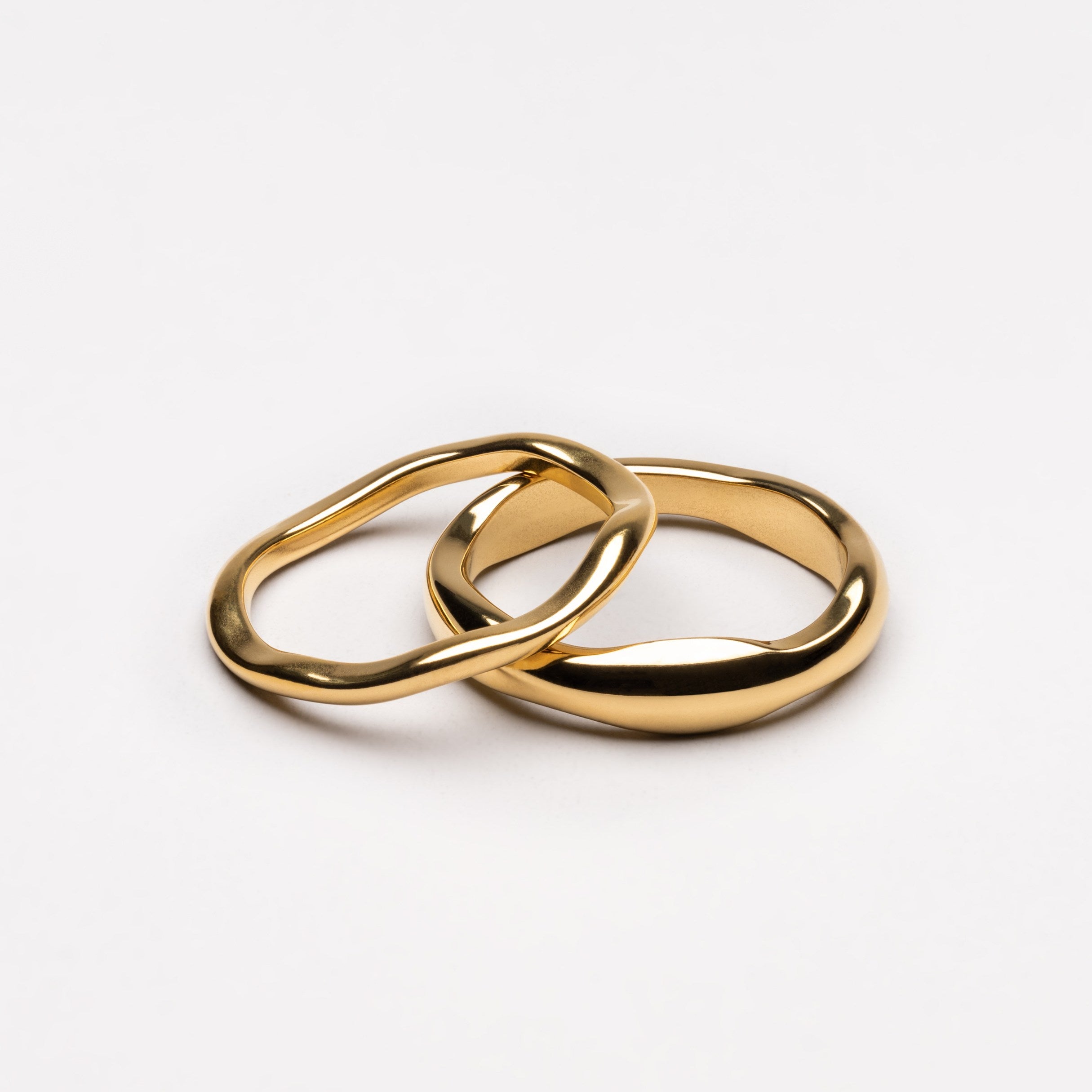
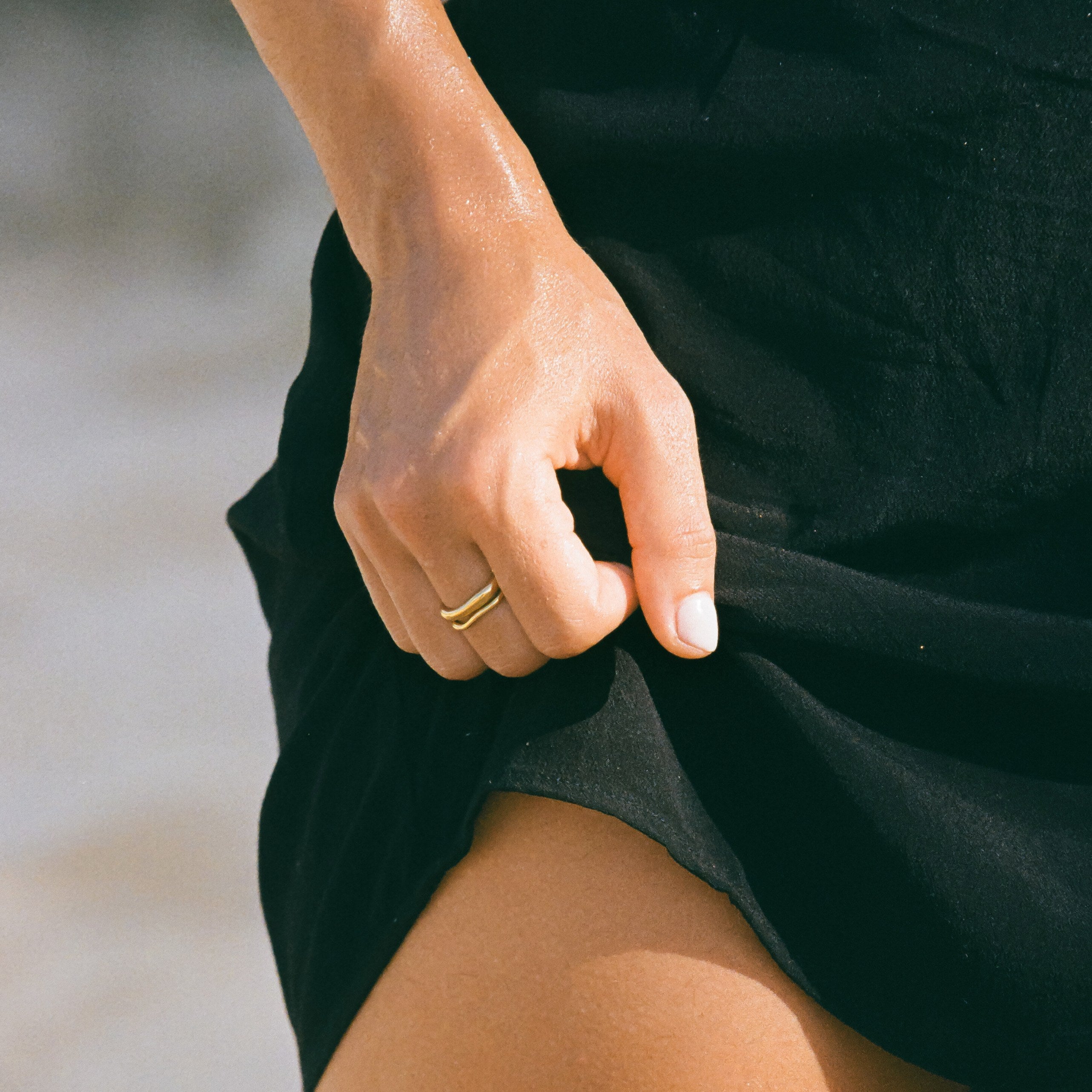

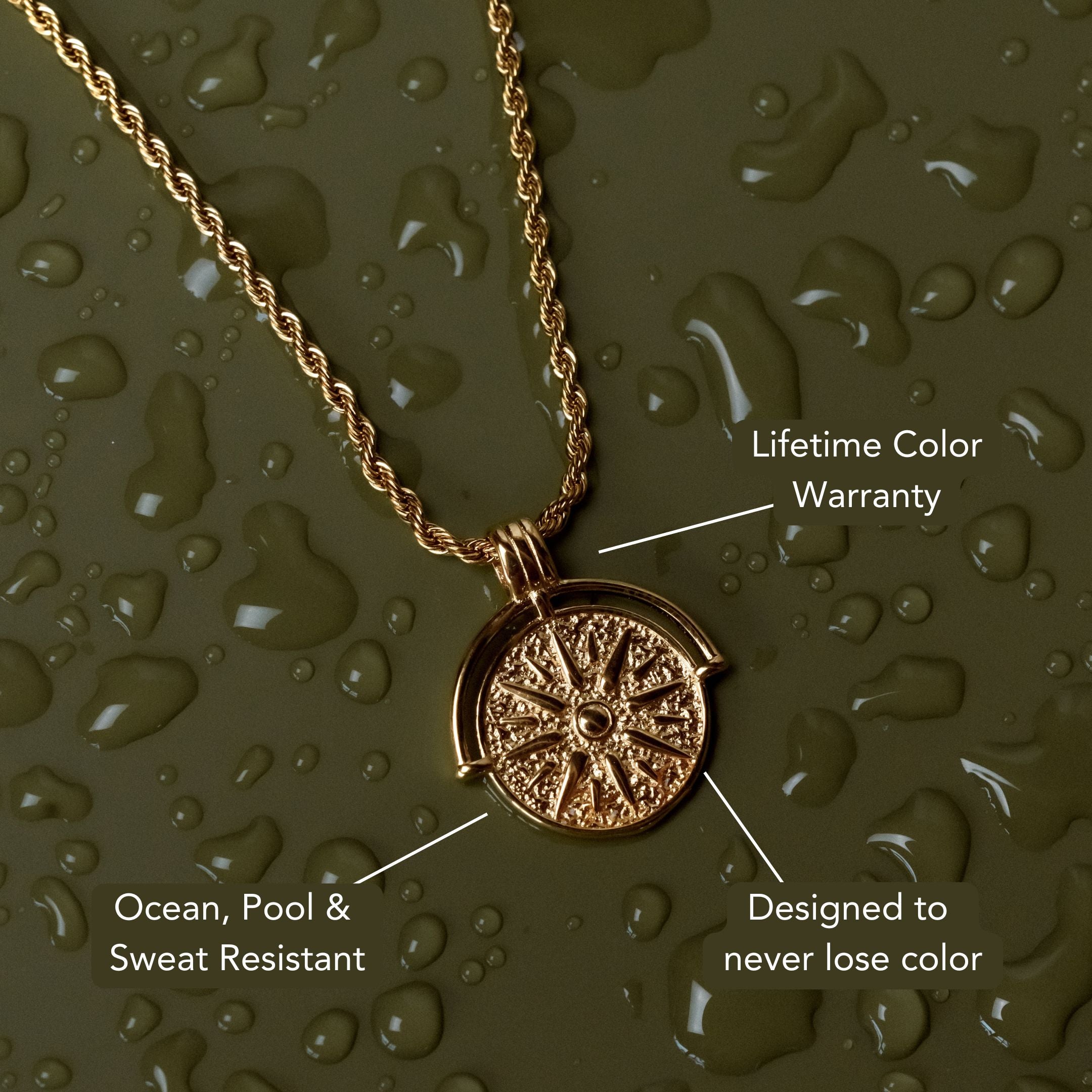

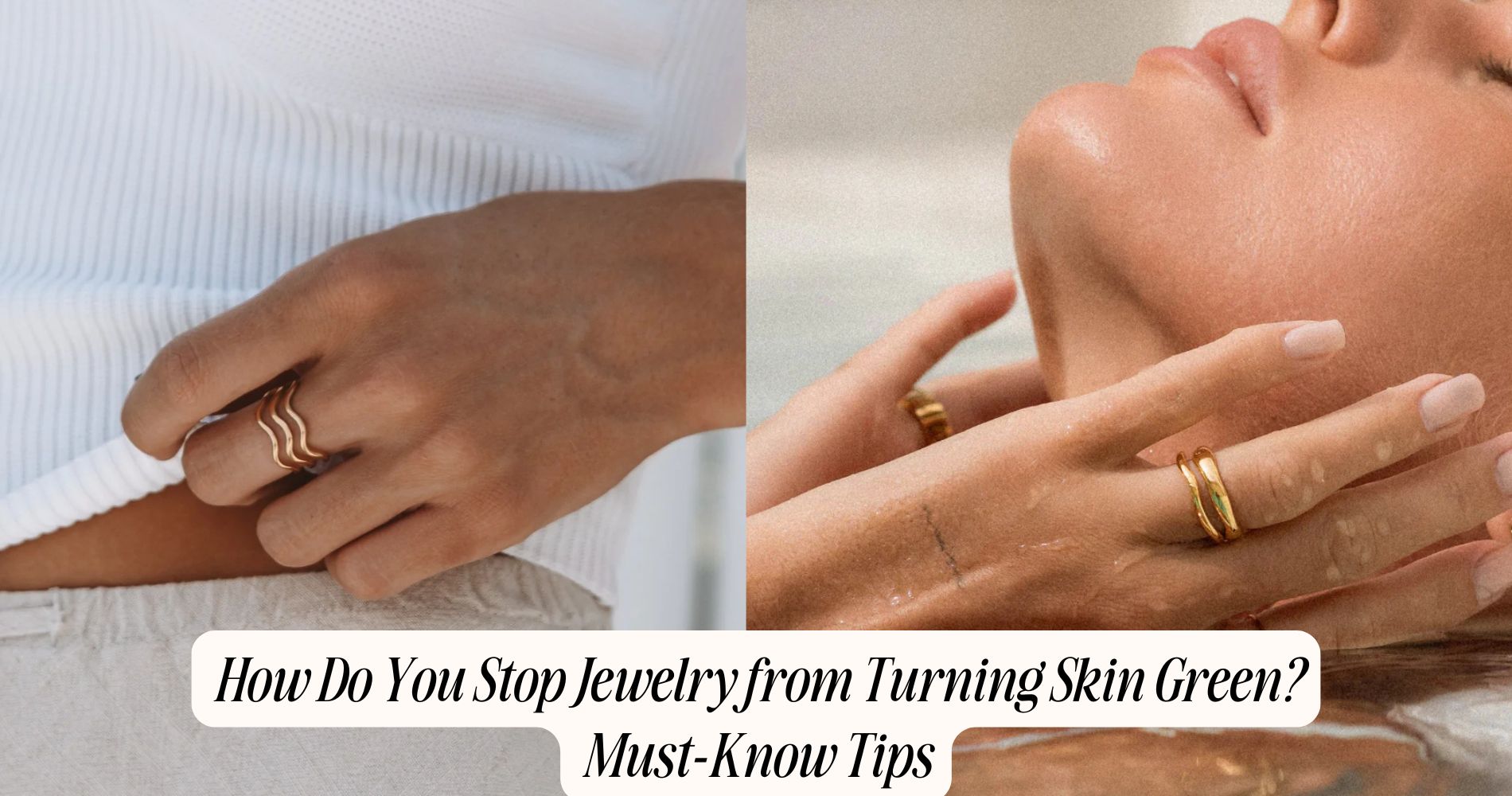




Leave a comment
This site is protected by hCaptcha and the hCaptcha Privacy Policy and Terms of Service apply.